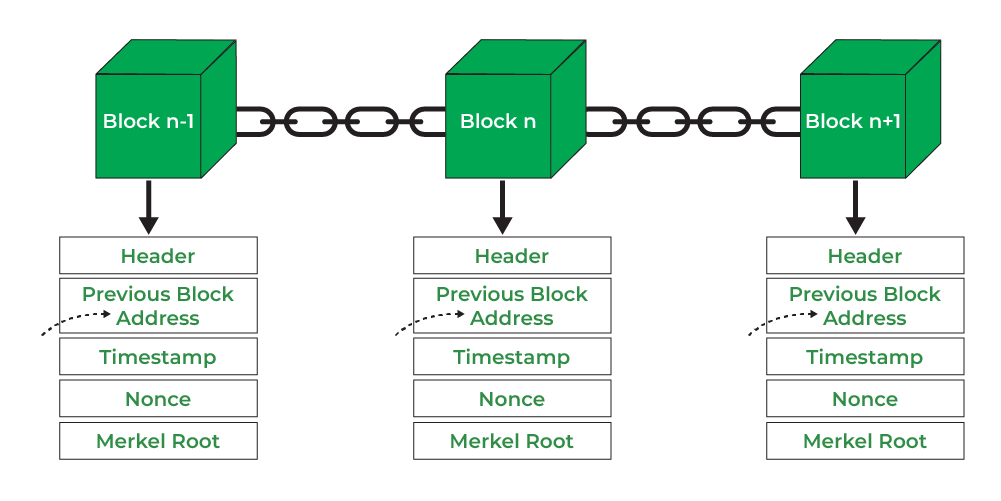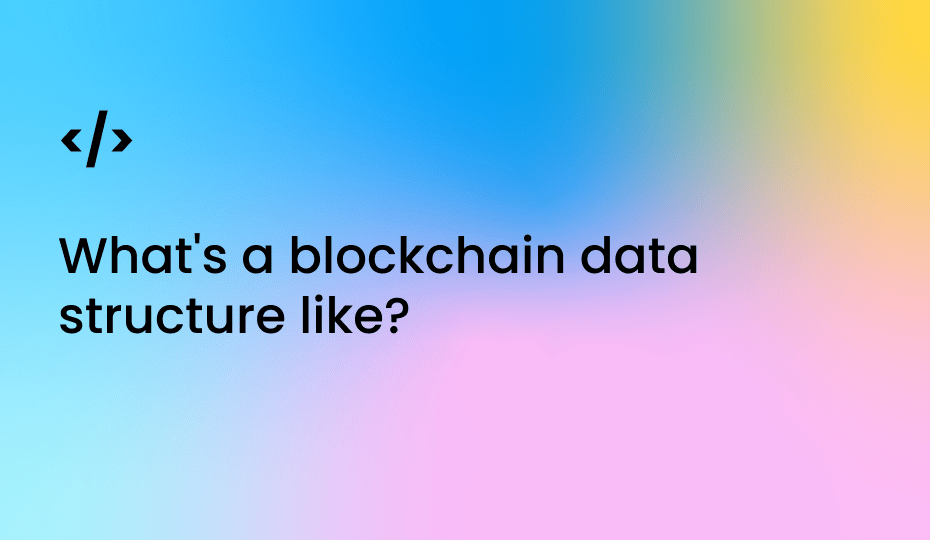Table of Contents
A blockchain is a decentralized, distributed database that maintains a continuously growing list of records called blocks. These blocks are linked and secured using cryptography, and each block contains a cryptographic hash of the previous block, a timestamp, and transaction data.
What is blockchain and how does it work?
In simple terms, it’s like a digital ledger that records transactions in a secure and transparent way. It allows multiple parties to record and verify transactions without the need for a central authority, making it a decentralized system.
One of the key features of blockchain technology is its ability to achieve distributed consensus among all participants in the network. This means that all participants must agree on the state of the blockchain and the validity of transactions before they can be recorded.
To achieve this, blockchains use consensus algorithms, which are mechanisms that enable participants to reach agreement on the state of the network. There are several types of consensus algorithms, such as Proof of Work (PoW) and Proof of Stake (PoS).
For example, in the Proof of Work consensus algorithm, miners compete to solve a complex mathematical problem and the first one to solve it gets to add the next block to the chain. In the Proof of Stake algorithm, the right to add the next block is given to the participant who holds the most tokens, or stake, in the network.
Understanding blockchain data structure
A blockchain maintains a continuously growing list of records called blocks. These blocks are linked and secured using cryptography, and each block contains a cryptographic hash of the previous block, a timestamp, and transaction data.
The data structure of a blockchain is designed to ensure the security, transparency, and immutability of the data it stores. It consists of a chain of blocks, where each block contains a list of transactions and a link to the previous block. This creates a tamper-evident record of all transactions on the blockchain.

The structure of a block in a blockchain includes these elements
1) Block header
This contains metadata about the block, such as the block height (the position of the block in the chain), the timestamp, and the cryptographic hash of the previous block.
2) Transaction data
This is the actual data that is being recorded on the blockchain, such as financial transactions or data records.
3) Nonce
This is a random number that is used in the Proof of Work consensus algorithm to ensure that the block is difficult to create, but easy to verify.
Blockchain data structure is designed to be efficient, secure, and scalable. It allows for the efficient storage and validation of transactions, and its decentralized nature ensures that it is resistant to tampering and censorship.
Key points on data storage in blocks
- In a blockchain network, each block contains a list of transactions.
- These transactions can be anything from financial transactions to data records.
- When a new transaction is made, it is broadcast to all participants in the network.
- Each participant then verifies the transaction to ensure its validity and adds it to their own copy of the blockchain.
- Once a predetermined number of transactions have been verified, they are grouped together into a block and added to the chain.
- This process ensures that all transactions are recorded in a secure and transparent manner, as all participants in the network have a copy of the entire blockchain.
—
In summary, a blockchain data structure uses cryptography and consensus algorithms to maintain a secure and transparent record of transactions.
It consists of a chain of blocks, where each block contains a list of transactions and a link to the previous block, creating a tamper-evident record of all transactions on the blockchain.
